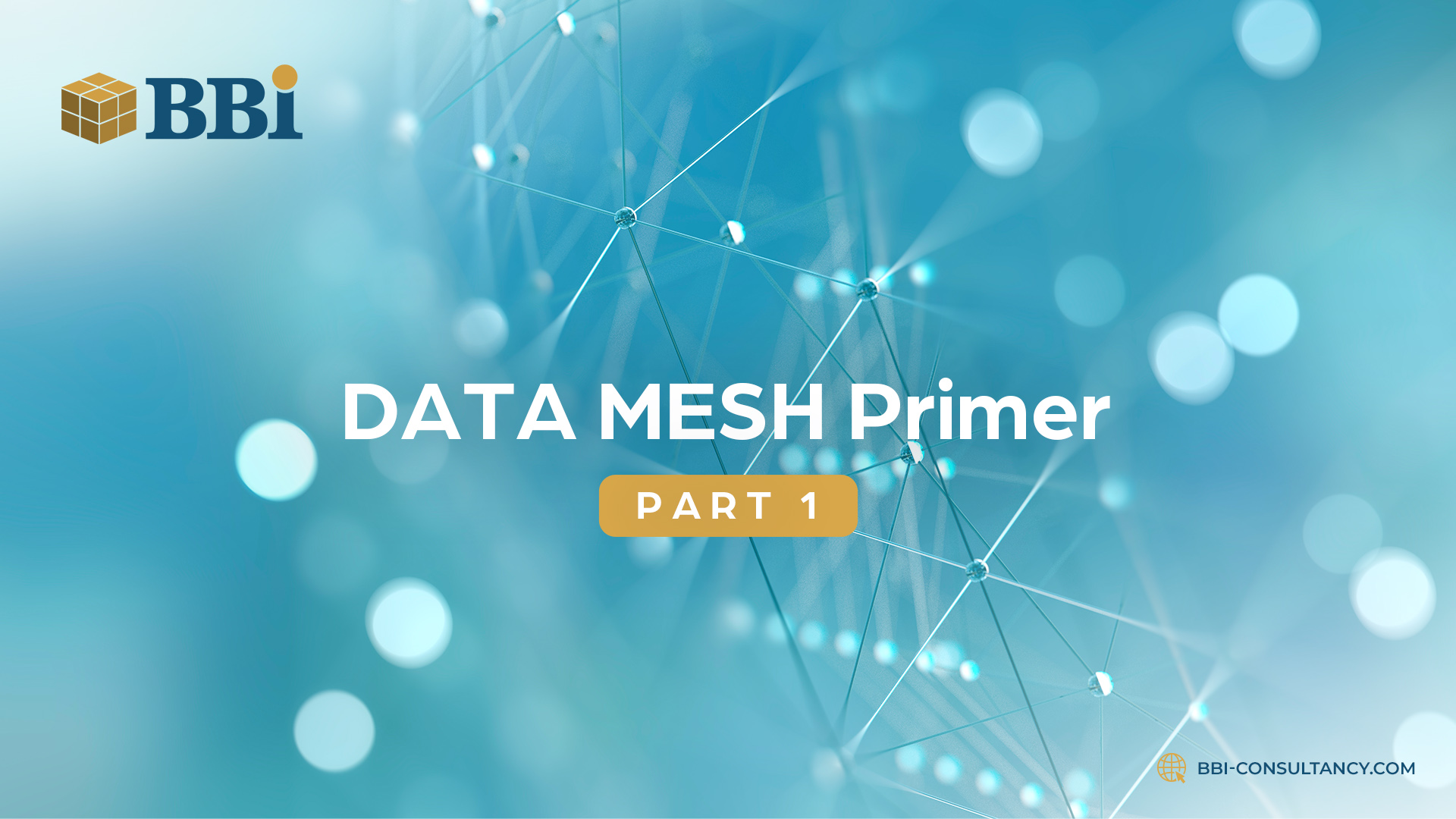

Data is a key driver of progress and innovation. In an ideal setting, it should be scalable and accessible. As organizations expand their operations, there’s also a growing need to better manage and utilize all your available data. However, your current data architecture may be preventing you from effectively and efficiently utilizing data and making it accessible.
A data mesh can democratize data and make it more accessible to users by distributing its ownership to authorized users. By leveraging data mesh, you’re eliminating data silos and more complex workflows.
What is a Data Mesh?
The data mesh was developed by Zhamak Dehghani, Thoughtworks North America’s Director of Next Tech Incubation. It’s a relatively new approach to enterprise data architecture. It warrants a paradigm shift from traditional and monolithic data platform architectures such as the data lake and the data warehouse.
A data mesh operates on the principle that data is ever-present and ubiquitous. It utilizes a decentralized strategy to make data more standardized, accessible, secure, and discoverable. It enables interoperability and follows a shared and self-serve data infrastructure.
Why Use a Data Mesh?
Aside from the above mentioned benefits, here are some more pros of using a data mesh:
- Scalability and agility
Data mesh’s decentralization of data eliminates complex processes and backlogs. It follows a self-serve data infrastructure and leverages data infrastructure as a service, thereby helping improve scalability and domain agility.
- Enhanced connectivity and data security
Data mesh makes data ownership and management more democratic, thereby giving teams better control over data. When it comes to security, a data mesh allows connections to cloud applications without having to go through a public network, effectively reducing the risk of data breaches and data latency.
- Better data governance for compliance
Compliance is complex and time-consuming. A data mesh’s decentralized architecture enables easier compliance with existing data governance guidelines on a global scale.
- Heightened transparency
Traditional data platforms create centralized data ownership, which, in turn, create data silos. These prevent transparency and limit your capacity to manage or own data. However, a data mesh has a decentralized architecture that allows you to distribute data assets to authorized users without necessarily compromising data quality.
- Flexibility
Again, because of its decentralized data architecture, data mesh gives you the flexibility to work with other data platforms or products.
Using a data mesh can help solve issues with existing data platforms, which are ridden with issues that can hamper your growth. These include:
- Challenges in centralizing data
Data centralization is a time-consuming process that requires you to transport data to data lakes or data warehouses. The data mesh’s decentralized data architecture lets you utilize data as a product. It allows you to attribute separate ownership to each team or unit, making data easily accessible.
- Unscalable data pipeline
When businesses grow, their data volumes also increase. Centralized data models are scalable, but they’re often slow and, therefore, can impede response times. Data mesh distributes ownership from a central base to domains, allowing businesses to be agile and flexible.
In the next part of the article, we’ll learn the differences between data mesh and data fabric, principles governing data mesh, and many other things.

